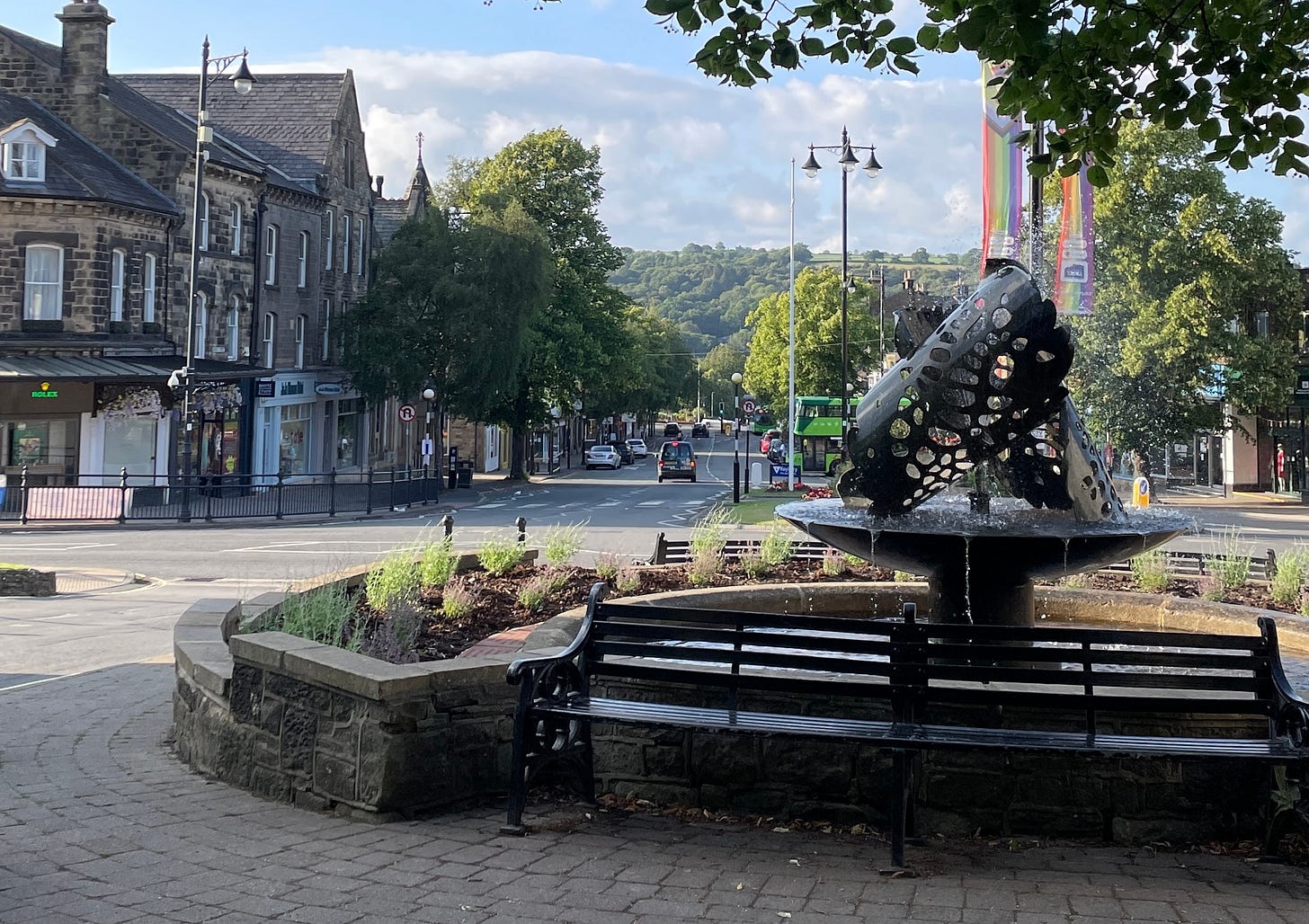The Yorkshire Leaders Board: a short guide
Welcome to the latest edition of The Ilkley Journal Explainer 📰
The Yorkshire Leaders Board? Come again?
Yep. That was our first response. Up until very recently, we hadn’t, to the best of our journalistic knowledge (which is pretty decent, even if we do say so ourselves), heard of the Yorkshire Leaders Board.
In fact, we stumbled across them reporting another story – water boss, big payout, poor ROI for locals and the environment – where a letter signed by Susan Hincliffe was followed not by her usual title as leader of Bradford Council, but as co-chair of the Yorkshire Leaders Board (Carl Les is the other co-chair and leader of North Yorkshire Council).
Who are they and what do they do?
The board describes itself as a Yorkshire and Humber-wide partnership that brings together 15 councils and four mayoral combined authorities to work together for the betterment of the region as a whole, as well as respective counties and metropolitan districts. They collectively cover a population of roughly 5.8 million.
Part of the Yorkshire Leaders Board’s blurb states: “It is widely recognised that working across geographical boundaries and on a cross-party, pan-public sector basis, we can learn from each other, share innovation, develop policy and deliver greater efficiencies.”
How long has it been around?
According to the Yorkshire Leaders Board, “the current purpose and method of delivering collaborative working across Yorkshire and the Humber has been in place since 2015”.
Prior to that, leaders across the region had met regularly as part of what was then known as Local Government Yorkshire and Humber, which was dissolved in 2015. It had itself only replaced the Yorkshire and Humber Assembly in 2009. Regional assemblies had been established in 1998 by the then Labour government.
Can you please give us a breakdown of the members?
Absolutely. For West Yorkshire, members include the West Yorkshire Mayoral Combined Authority, Bradford Council, Calderdale Council, Kirklees Council, Leeds City Council and Wakefield Council. North Yorkshire is made up of York and North Yorkshire Mayoral Combined Authority, City of York Council and North Yorkshire Council.
South Yorkshire members feature South Yorkshire Mayoral Combined Authority, Barnsley Council, Doncaster Council, Rotherham Council and Sheffield City Council. And as for the Humber, this includes Hull and East Riding Mayoral Combined Authority, East Riding of Yorkshire Council, Hull City Council, North East Lincolnshire Council and North Lincolnshire Council.
Anyone else involved?
The Yorkshire Leaders Board does indeed have partners at regional, pan-regional and national level. With the latter, that includes the Local Government Association, which is the national membership body for councils in England, and government departments.
NP11 (made up of 11 northern local enterprise partnerships), the Northern Powerhouse Partnership (a thinktank established in 2016) and the People’s Powerhouse (a community interest company) currently cover the pan-regional and northern partners. Yorkshire Universities (a regional partnership made up of 12 higher education institutions) and Migration Yorkshire (made up of local councils) are listed as a couple of the board’s regional level partners.
What are the priorities of the Yorkshire Leaders Board?
There appears to be four main priorities. First up is getting to net zero by 2038, with ambitious plans for the region to massively decarbonise over the next four and a bit years. Next up is an already thriving visitor economy. How can this be capitalised on?
Third on the list is a desire to develop what the board is describing as research and engagement “networks” with the higher education sector. And finally, the last one on the list is around improving flood resilience (the region is particularly vulnerable to flooding). Other priorities include transport.
Why haven’t we heard about the board and the work they do?
It’s a good question – and we don’t have an answer. No one really seems to talk about them and the website they have is very dated (the last bit of news on the site is from March 2022, the last publication they shared was in October 2024, there’s nothing listed under events and we can’t seem to find a dedicated archive of meetings and meeting notes).
The board also doesn’t appear to share information or updates on social media, with no presence on any of the major platforms except for Twitter/X. And the last time they posted on here was on 1 August 2023 – a happy Yorkshire Day gif.
Are they still active?
They sure are. We got in touch with them to find out and we’re told that the last Yorkshire Leaders Board took place on 20 June 2025. No updates were given about what was discussed and the next steps to be taken (again, the website isn’t being updated as regularly as one might expect).
We were also told that while board meetings take place once every quarter, other meetings happen with more frequency, such as “sub-groups with identified leaders, mayors and chief executives who lead on certain priorities and work programmes”.
Does the Yorkshire Leaders Board matter?
Living as we do in a more devolved political landscape, with Westminster ceding more powers to, for example, metro mayors, any and every effort to manage the future direction of individuals and organisations regionally is intrinsically a good thing. So, yes, the Yorkshire Leaders Board does matter.
What would be helpful is for the board to make more of an effort to keep locals and decision makers updated about what they’re doing, why they’re doing it and what impact they’re having. Because at the moment this isn’t really happening – hence this mini explainer.





The Yorkshire Leader Board highlights the urgent need for regional governance in Yorkshire, uniting voices to make the best decisions for our region. This shared vision was echoed recently when the Mayors signed the White Rose Agreement.